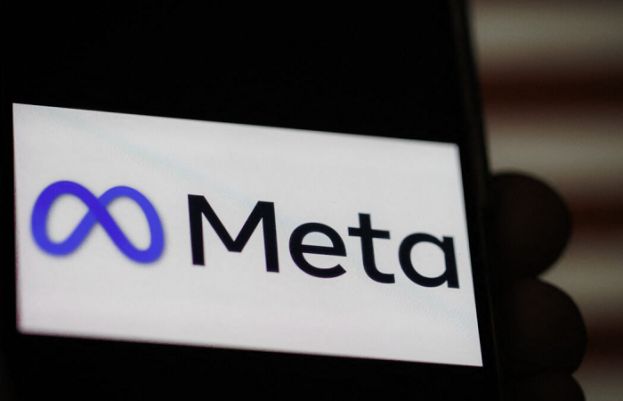
The war in eastern DRC is not about just one issue, it is a deadly mix of ethnic tensions, regional rivalries, resource exploitation, and global interference.


The conflict in eastern Democratic Republic of Congo (DRC) is complex, driven by ethnic divisions, regional power struggles, competition over resources, and global interests.
Like many African conflicts, its roots can be traced to ethnicity. Colonial-era borders divided communities that once lived as one. A key example is the Tutsi population, which exists on both sides of the DRC-Rwanda border. While they hold political power in Rwanda, they have long faced serious discrimination in the DRC. Many fled their homes and now live in refugee camps in neighbouring countries like Rwanda and Uganda. Those who remain say they are treated as second-class citizens, constantly threatened, and even killed.
The M23 rebel group, largely composed of Tutsis, claims to be fighting for the rights of their people. For the young soldier who joins M23, it’s often not just about politics – it’s about survival. The grievances are real, the cause is deeply personal, and many regard the battlefield as their only option. Some of these fighters grew up in refugee camps in countries close by, only to return and take up arms against government forces and armed groups loyal to Kinshasa.

 3m
3mDRC shares borders with nine African nations and, in many cases, the same ethnic communities live on both sides. This creates tensions that frequently spill over, drawing neighbouring countries into the conflict. Driven by security concerns and political interests, these nations intervene – sometimes by backing armed groups, other times by trying to secure their borders from instability.
Rwanda, Uganda, Burundi, and other regional players all have a stake in the conflict, either supporting rebel movements or opposing them. Rwanda, having experienced a horrific genocide against Tutsis, claims it is acting to prevent another one. Some of the armed groups responsible for the 1994 genocide fled into DRC, and Kigali fears they could regroup and launch attacks on Rwandan soil. There is also a strong sense of ethnic solidarity, with Rwanda seeking to protect Tutsis living in DRC.

 4m
4mEastern DRC is rich in minerals
Eastern DRC is home to vast mineral wealth, including coltan, gold, cobalt, and tin – critical materials for smartphones, laptops, and electric vehicles. Where there is big money, there is fierce competition, and this takes the conflict from a regional struggle to a global power game.
Armed groups, both local and foreign-backed, fight for control of these minerals. The more they control, the more they profit; resulting in endless violence that benefits warlords and outside players while devastating the lives of ordinary people.
Beyond the region, foreign powers and multinational corporations have a vested interest in the DRC’s resources. Some provide funding, others supply weapons and logistical support, turning an already deadly conflict into a full-scale military war.
Caught in the crossfire, civilians continue to suffer. Entire communities are destroyed, millions are displaced, and countless lives are lost. For the people of eastern DRC, this is not just a crisis – it is a never-ending nightmare.
Now, the M23 has formed a coalition with other rebel groups to create a national movement, further escalating the fight against the government in Kinshasa.
The war in eastern DRC is not about just one issue, it is a deadly mix of ethnic tensions, regional rivalries, resource exploitation, and global interference. Until these layers are addressed, peace will remain a distant dream.
Read more:
DRC crisis ‘could have been prevented’ – Save The Congo!
‘The world doesn’t care’ about ‘war crimes’ in the Congo




